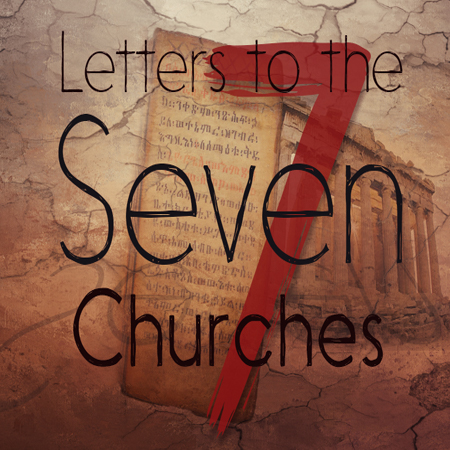“Revelation & the Purging of the Christian Imagination”
This Sunday we will begin our series entitled “Letters to the Seven Churches.” The primary focus of this study will be a verse by verse study of Revelation 1-3 however we will also consider some of the wider themes of Revelation which are intended to encourage and instruct the church.
Throughout church history Christians have approached this book in a variety of different ways. Some have found the book’s symbols overwhelming and unintelligible and have therefore avoided studying the book. Others have placed an unhealthy focus on the timing and sequence of the unfolding of the prophetic events depicted within the book and missed its significance for the church age. As we come to a study of the first important section of the book we want to begin by asking what the intent of the book was and is.
First, it is clear that the book was intended as circular letter for the church as a whole, not merely the seven churches which are specifically addressed in Rev. 2-3. From this we must recognize that the specific instructions to the churches as well as the books overall themes are meant to equip and strengthen them. Secondly, the book serves as the climax of biblical prophecy, informing the people of the things which will soon take place in fulfillment of all that the OT prophets anticipated regarding the Day of the Lord. While other NT books do similar things, it is the way in which Revelation accomplishes its purpose that is so unique.
While Rev. 1:19 provides an outline for understanding the sequence of the book (“the things that you have seen, those that are and those that are to take place…”), it is Rev. 1:1-2 which explains to us how these instructions and prophecies are conveyed to us. Here we see that the revelation which John has received has come from Christ who has “made it known” or “signified” it. The Greek word used here is sēmainō which is the verbal form of the word that means “sign.” John uses this term to inform us that much of what we are going to see is visual imagery which is intended to convey to us certain tangible realities. This heavy emphasis on visual imagery in Revelation was significant for its original audience who inhabited a world filled with images that conveyed the majesty and glory of the Roman Empire. This imagery in revelation was intended therefore to purge the Christian imagination and to reveal the true state of things for believers from a heavenly rather than an earthly perspective.
This kind of purging is no less necessary for us today given that we also inhabit a world of images. If we are to set our minds on things above, then we must have a glimpse of those heavenly things. We must also view the things of this world the way they are viewed by God. To accomplish this, Revelation reveals to us the risen Christ to us in His glory, describing Him as the both the Lion of Judah and the Lamb slain before the foundation of the world. He is to be the focus of our worship and the one who will decisively defeat all those who seek our ruin. The world system in which believers find themselves is described as a beast and a harlot. Although it seems powerful, it is impure and unclean, leading people away from the worship of Christ and into the worship of idols. Behind this system stands the power of the great fiery dragon, that ancient serpent who is the devil and Satan. Christians must remain faithful in the midst of trials, bearing witness to Christ in the world as they await His return.
Join us this Sunday as we introduce this series and consider in more detail some of the symbolic imagery used within Revelation that is intended to strengthen our faith. We also look forward to sharing our monthly fellowship meal together. See you Sunday!
Soli Deo Gloria.
-Thomas

